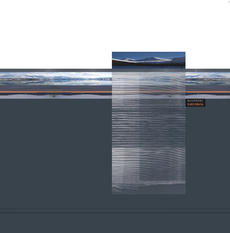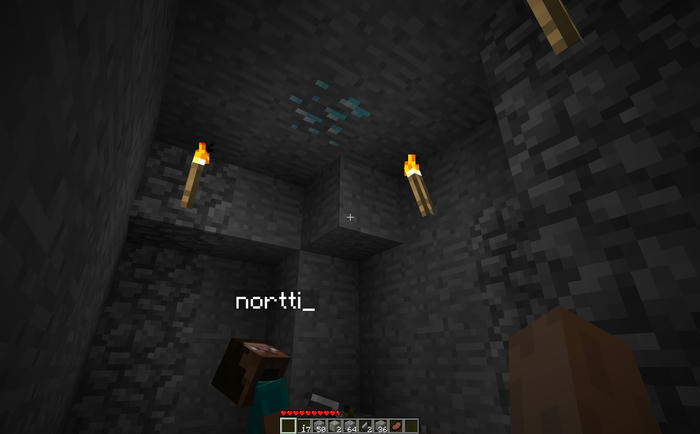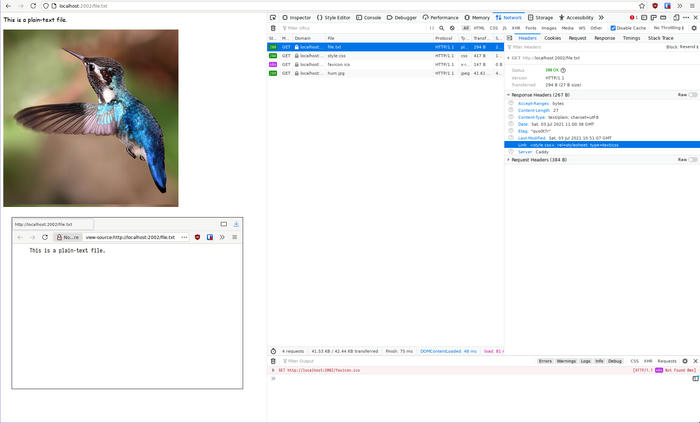
Biosphere, Geir Jenssen's moniker, is one you often see featured in various ambient music best-of lists. For some reason it has taken me until this last month to finally check out his early (and most well-regarded) work, prompted by a recommendation on Spotify of all places.
Beginning with 1991's Microgravity I was quite surprised to find a more beat- and loop-heavy album. Jenssen interweaves simple and repetitive melodies with bass-heavy backing and unique samples from nature and science-fiction. The titular first track Microgravity, for example, pits a ringing phone against an icy howling wind, all whilst accompanied by a deep bass track that contrasts rather cold and industrial instrumentation.
Baby Satellite and Tranquilizer pick up the pace a bit and get a bit more sample-heavy, the latter containing a lovely vocal sample from Space: 1999. Listening to the album I couldn't help being reminded of Woob's early albums as Journeyman, Mama 6 and National Hijinx, which are similarly heavy on samples from pop fiction.
The album's penultimate track Baby Interphase is probably my favourite one off of the original album. Its use of klaxons and the sound of what I can only describe as a "science-fiction beacon" in the main mix are refreshingly silly, whilst the rest of the instrumentation has a great space-y and floaty feel.
The album as linked above contains a second CD with unreleased tracks from the era, and those are not to be missed. Especially the upbeat Search with its unrelenting repetition of a vocal sample and Dewy Fields with its haunting trumpet-like cries.

Jenssen's third studio album, Substrata, was released in 1997. This is the first genuinely ambient album by Biosphere and one that usually ends up on best-of lists.
Right off the bat I do not have trouble seeing why. As the Sun Kissed the Horizon opens the album with field recordings of a far-away airplane contrasted against the frolicking of children in the background. It then seamlessly fades into the ambient tour de force which is Poa Alpina, an achingly beautiful composition of strums and thick almost foglike drone. Ended by sounds of downpour the track dissolves into Chukhung, a more alien and inquisitive experience that has a main sample endlessly rotate around the listener's ears, as if searching for someone.
Vocal samples are present again as well, with The Things I Tell You containing an excerpt from The Giant's speech in Season 2 of Twin Peaks and Hyperborea featuring Major Briggs from the same episode talking to his son, Bobby. Kobresia samples a radio broadcast of a documentary about Karl Nikolaev, a purported telepath trying to guess the nature of an item lying two floors away.
The album ends with Silene, an eerie and strangely nostalgic track that reminded me a bit of The Caretaker's An Empty Bliss Beyond This World. There's lots to love in this album, but I personally keep coming back to Poa Alpina as my favourite. I just can't get enough of how painfully lonely it feels.





